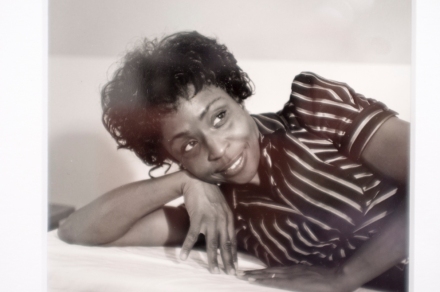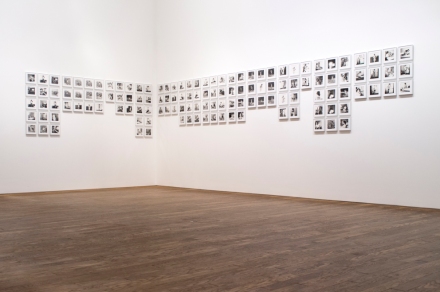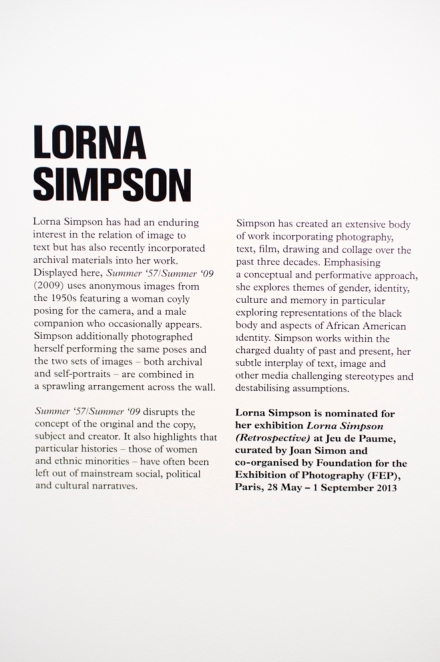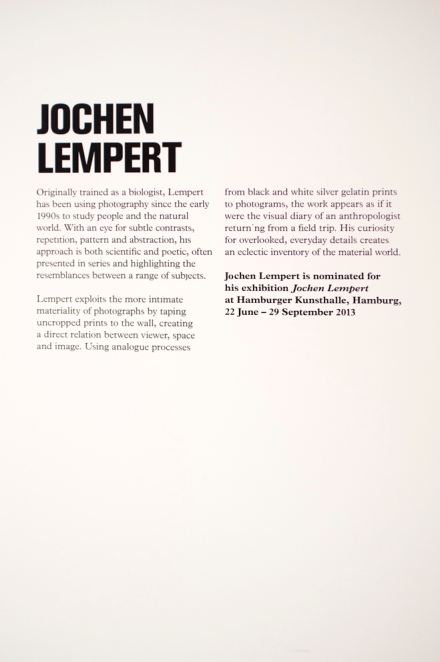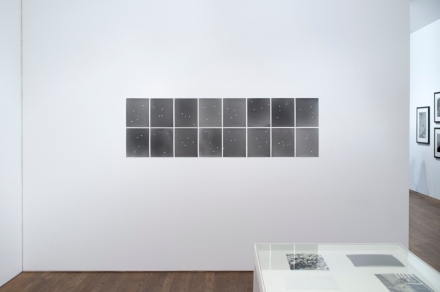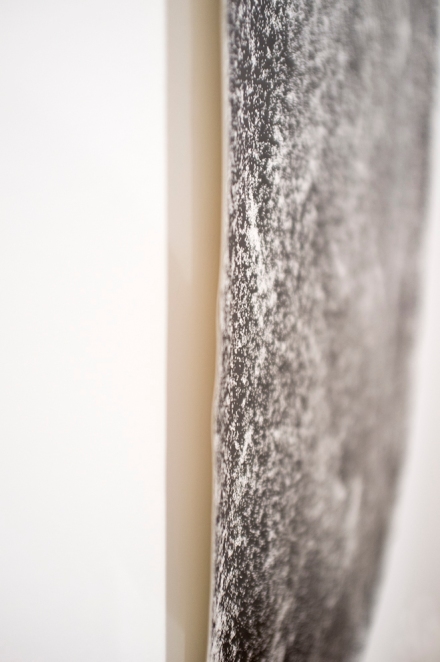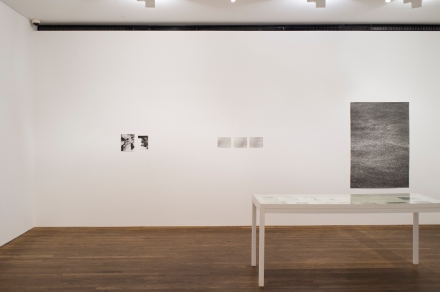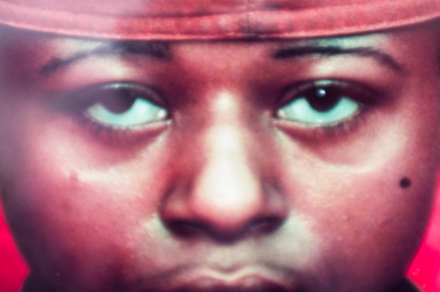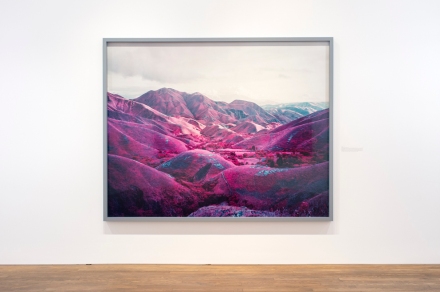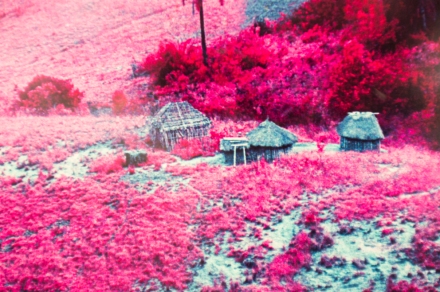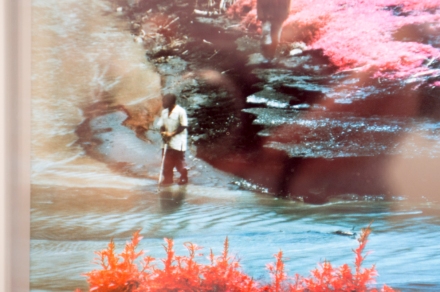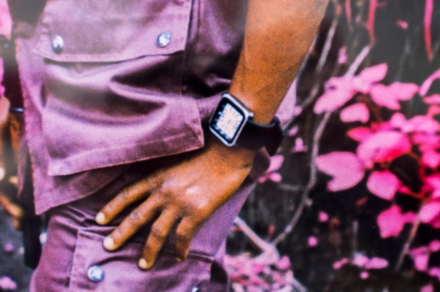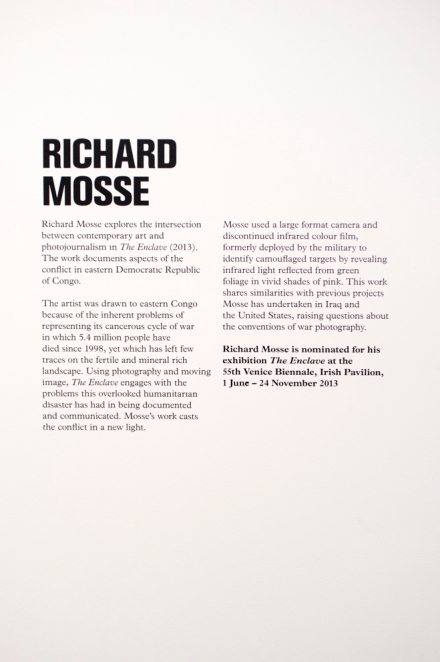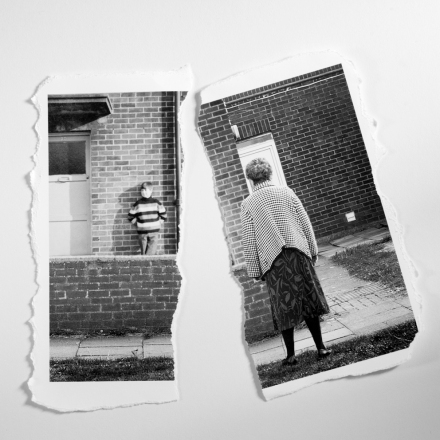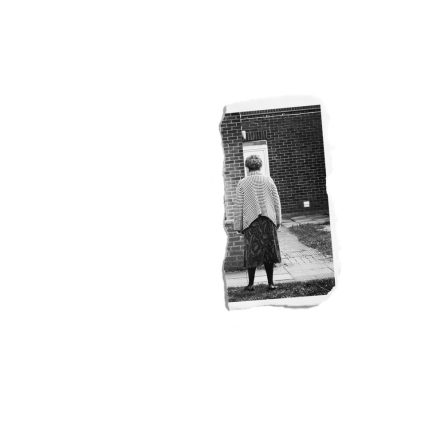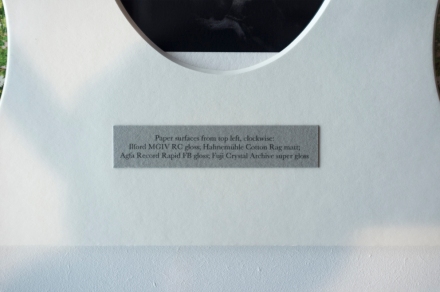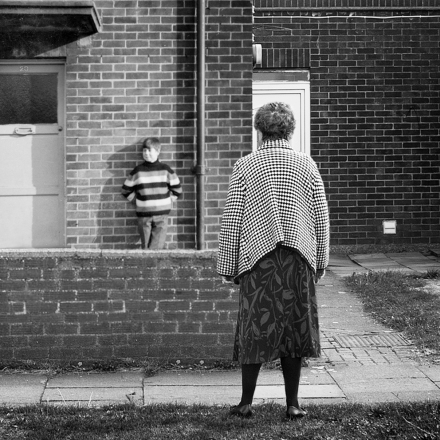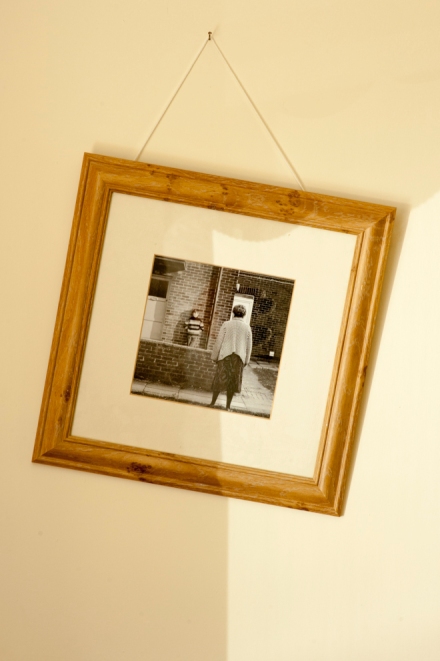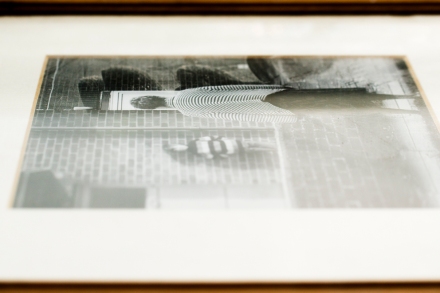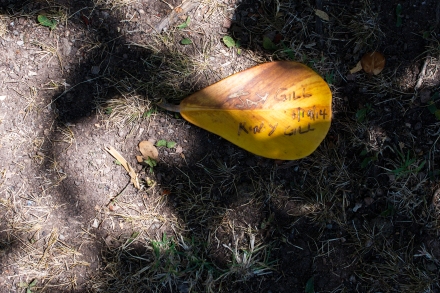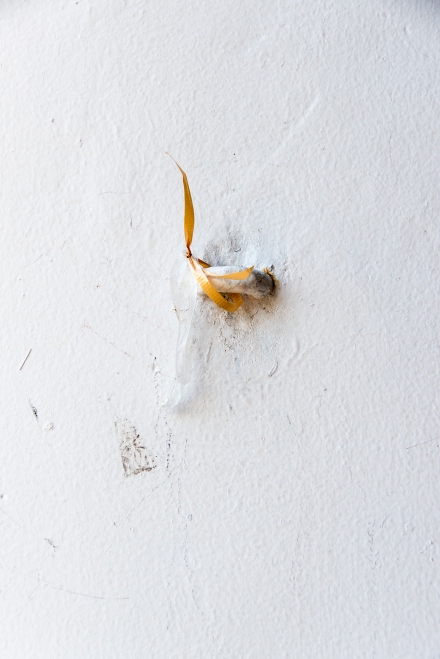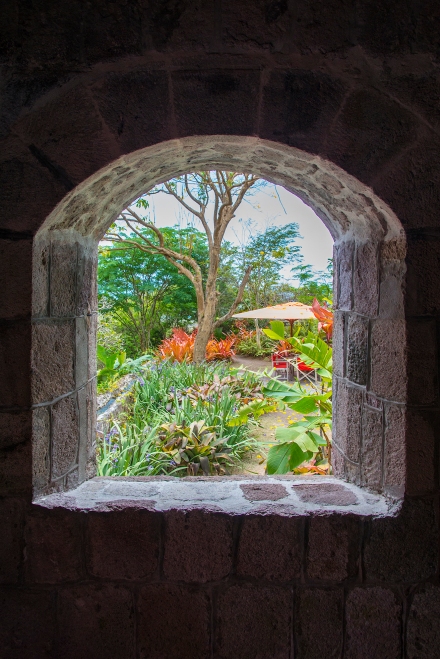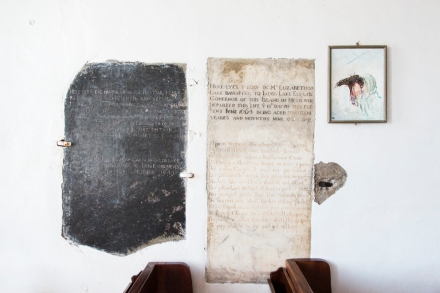It is perhaps apposite that at the end of a course one might reflect on what one recorded at the beginning of it, and in this course the question was raised about the nature of Documentary. In my post entitled ‘What is Documentary’ I concluded with a quotation from ‘Transparent Pictures: On the nature of Photographic Realism’ by Kenneth L Walton “And this is, I think, what Walton refers to at the end of his piece. That there is a…”failure to recognize and distinguish between the special kind of seeing which actually occurs and the ordinary kind of seeing which only fictionally takes place, between a viewer’s really seeing something through a photograph and his fictionally seeing something directly. A vague awareness of both, ….,could conceivably tempt one toward the absurdity that the viewer is really in the presence of something.”
Coming blessed or burdened with my personal and professional background I suspect that I have always had a notion of the difference that Walton refers to, but I was, I think, more interested in testing the veracity of the image as opposed to the veracity of intent. A natural Post-Modernist’s cynicism of image’s innocence and purity has been informed by researching the medium’s practitioners – with a distance still to travel – and one which has provided a healthier and much broader perspective of this visual medium under study. Where I think and hope I have moved to is into the purposeful use of fiction to illuminate a truth, and here it has also scaled my ambition. I don’t now expect to reveal a ‘big’ truth; that aspiration needs to be matched by an ego of equal ambition. I think though I want to score stories of much quieter narratives. Investigating smaller particles of life. Fontcuberta’s investigation into the fallacy of photographic truth for example, has been a key revelation along with other artists studied along the way. A document is something that informs, what and how it informs is in the gift of the creator of the text; it’s nuances or otherwise are variables to be manipulated with a purposeful intent whether in an ‘Open’ or ‘Closed’ narrative form.
The course also seems a smaller venture than the other course I have undertaken concurrently with it – Gesture and Meaning – but I feel I have travelled a further distance and ploughed a deeper furrow, more straighter and less deflected.
On average I think I have averaged a visit to a gallery every week, and when I haven’t its because I have been to more than that number, and in that process I have traduced my earlier comprehension of what “Documentary” is and I wonder if that was the purpose of the course, if so it has succeeded. Of equal importance is the development of a cohort of students with whom I can talk regularly with, to confide in, to ask questions and to seek, in some cases, authority in testing margins in the territories that I am researching. I am aware that in Level 3 I will be expected to cultivate a cohort, to find ways to network and to build a professional web as I develop myself from where I am to a fledgling artist in practice. I am also aware that the Thames Valley Group is another vehicle that has allowed me and fellow students to coalesce and filter ideas and I have gained from that greatly; as well as much as meeting practicing artists, Fiona Yaron-Field, Anna Fox, Tom Hunter amongst others as well as tutors for which I am very grateful. I have enjoyed this course immensely and I feel, as I suspect I should do, on a path looking forward to the next phase and thanks in no small part to Sharon.
